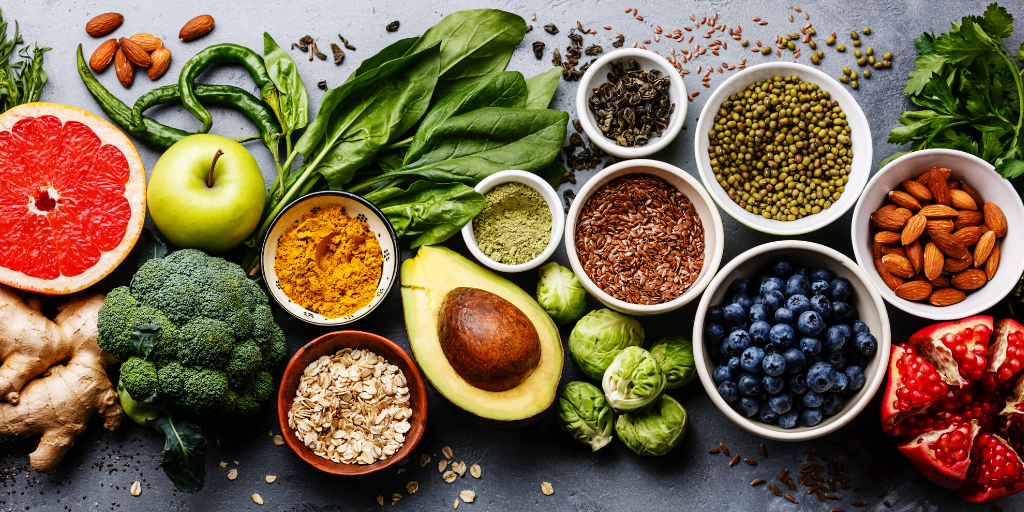Commonly used terminology for the categories of fresh food we enjoy – fruits and vegetables – are often misnomers. From a culinary terminology standpoint, fruits are sweet and vegetables are not. Though it may vary depending on one’s background and region, generally the highlight of the public’s classification knowledge regarding what is a fruit and what is a vegetable is the fun fact of “Did you know that tomatoes are actually a fruit?!”
As an agricultural producer you may not be part of this crowd – you’re perhaps far better apprised of botany than the average person. Either way, we’re breaking down some key information on what determines something as a fruit and the details therein, for those in the back that are curious!
Definition of a fruit versus a vegetable
Put most simply, the botanical criteria for a fruit is a seed-bearing structure that develops from the ovary of a flowering plant. The term “vegetable” does not have a precise botanical meaning, but refers to any other edible portion of a plant, like roots, stems, or leaves.
Major botanical types of edible fruit
The categories of fruit we’re covering cannot show the full picture of how all fruits fit into precise boxes, as some plants can fall into more than one, and there are exceptions to some of the rules. Then there are the fruits that can be relevant to human use and enjoyment, but not edible –like orchids – which are also not included here. Caveat aside, here’s a quick primer.
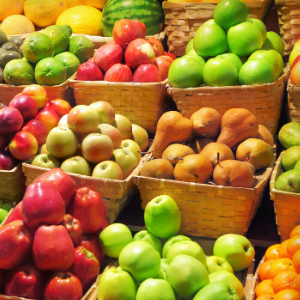
Pome
Members of the plant family Rosaceae and sub-family pomoideae, fruits classified as pomes have several small seeds within a core. Pomes are surrounded by a tough membrane, and the majority of its flesh is edible. These fruits are produced by deciduous trees and can withstand climates with winter seasons through a dormancy period. Examples of pomes include apples, pears, quince, and loquats.
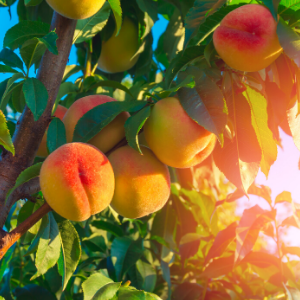
Drupe
Fruits that are considered drupes have fleshy fruit and a single seed with a hard endocarp (also called a pit or stone). Think peaches, plums, olives, and cherries. Some culinarily considered nuts are drupes (because nuts are fruits!), like walnuts, almonds, and cashews
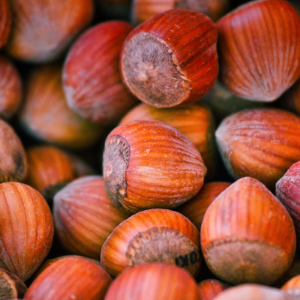
Nuts (true and drupaceous)
While on the subject of nuts, here we come upon an area of ambiguity where culinary terminology conflates botanical classification. There are “nuts” –often tree nuts, like those previously mentioned –that are not true nuts, but rather drupes (in fact, they are known specifically as drupaceous nuts). True nuts are like acorns: they have a fused shell, and are a dry, one-seeded fruit encased in a hardened ovary wall. Given this, hazelnuts are also true nuts.
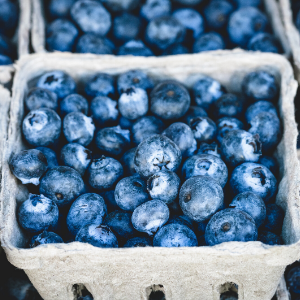
Berry
You can safely file berries under “A Reference to Fruit Used Misleadingly”. According to Judy Jernstedt, professor of plant sciences at the University of California, Davis, berry nomenclature exists because calling some fruits “berries” has been culturally present long before a precise definition was determined in scientific constructs. Botanically speaking, berries include things like bananas and watermelon, and many more fruits that don’t immediately seem like they would be considered to be such.
A berry has three layers that include an outer skin (exocarp), fleshy
middle (mesocarp), and innermost part that holds seeds (endocarp). It must have two or more seeds, and develop from one flower that has one ovary. Therefore, a blueberry is a true berry – but a raspberry? A strawberry? These are not berries. Enter: aggregate fruits.
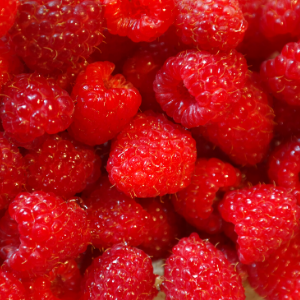
Aggregate fruit
An aggregate fruit develops from one flower, with the joining together of several ovaries. Each ovary leads to a seed after fertilization, and as the ovaries develop and grow larger, they attach. A raspberry is an aggregate fruit in the true sense, because each little bump of the fruit is considered its own drupe –drupelets, in fact, with a tiny pit in each one.
Okay, so what about strawberries then? A strawberry is an accessory aggregate fruit, because its flower’s many ovaries develop into achenes, which are seeds on the outside of the ripened fruit receptacle.

Multiple, or composite fruits
The way that fruits defined as a multiple or composite type form differs from an aggregate in that the fruiting of the plant occurs with all of its flowers in a complete head, grouped together. There are sub-classifications of composite fruits, but this overall category includes pineapple, jackfruit, and figs.
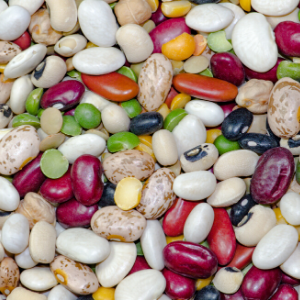
Legumes
Legumes are dry, several-seeded fruits that have developed from one flower that has a single ovary. Splitting open along two sides at maturity, they often have a long pod. Peas, beans, chickpeas, tamarind, and yes, peanuts, are all legumes.
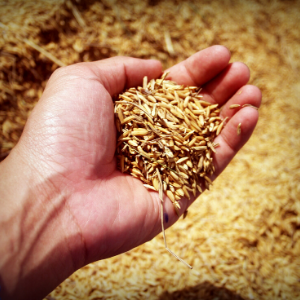
Grain, or Caryopsis
Grains are known as small, dry, one-seeded fruits, also characteristic of grasses. A grain’s seed coat is fused to the ovary wall. With an outer husk layer (the bran) and an inner, seed layer (germ), grains are technically fruits because the plant produces the bran and germ component from a separate, ripened ovary within the grass. The main source of food globally, grains include wheat, rice, rye, barely, oats, corn, and more.
If it wasn’t clear before, plant taxonomy is an elaborate pursuit of information sorting. For keeping track of all your growing info, Croptracker’s modular management system lets you get as granular as a scientist classifying a raspberry.
Interested in learning more about Croptracker? Learn more about our Farm Management Software, or book a demonstration to schedule a meeting with our product experts.
And as always, if you're ever stuck, never hesitate to e-mail us at support@croptracker.com or Live Chat with us by clicking the green speech bubble ![]() in your bottom right-hand corner. We're always happy to help you make the most of Croptracker to make your farm more efficient, safer, and more profitable!
in your bottom right-hand corner. We're always happy to help you make the most of Croptracker to make your farm more efficient, safer, and more profitable!
